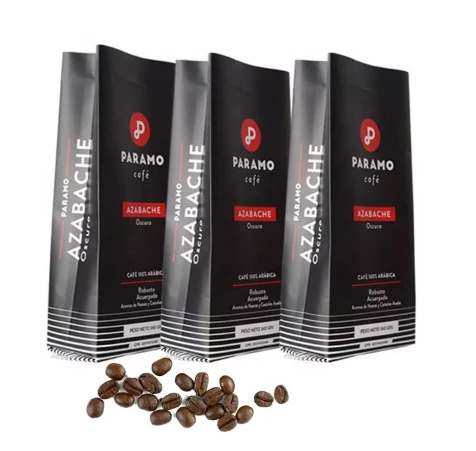- Afrikaans
- Albanian
- Amharic
- Arabic
- Armenian
- Azerbaijani
- Basque
- Belarusian
- Bengali
- Bosnian
- Bulgarian
- Catalan
- Cebuano
- chinese_simplified
- chinese_traditional
- Corsican
- Croatian
- Czech
- Danish
- Dutch
- English
- Esperanto
- Estonian
- Finnish
- French
- Frisian
- Galician
- Georgian
- German
- Greek
- Gujarati
- haitian_creole
- hausa
- hawaiian
- Hebrew
- Hindi
- Miao
- Hungarian
- Icelandic
- igbo
- Indonesian
- irish
- Italian
- Japanese
- Javanese
- Kannada
- kazakh
- Khmer
- Rwandese
- Korean
- Kurdish
- Kyrgyz
- Lao
- Latin
- Latvian
- Lithuanian
- Luxembourgish
- Macedonian
- Malgashi
- Malay
- Malayalam
- Maltese
- Maori
- Marathi
- Mongolian
- Myanmar
- Nepali
- Norwegian
- Norwegian
- Occitan
- Pashto
- Persian
- Polish
- Portuguese
- Punjabi
- Romanian
- Russian
- Samoan
- scottish-gaelic
- Serbian
- Sesotho
- Shona
- Sindhi
- Sinhala
- Slovak
- Slovenian
- Somali
- Spanish
- Sundanese
- Swahili
- Swedish
- Tagalog
- Tajik
- Tamil
- Tatar
- Telugu
- Thai
- Turkish
- Turkmen
- Ukrainian
- Urdu
- Uighur
- Uzbek
- Vietnamese
- Welsh
- Bantu
- Yiddish
- Yoruba
- Zulu
Exploring the Advantages and Applications of Laminated Film Technologies in Modern Packaging
Laminated Films Innovations and Applications in Modern Packaging
Laminated films are an essential component in the modern packaging industry, offering a combination of flexibility, durability, and barrier properties that cater to the diverse needs of consumers and businesses alike. These films are created by bonding multiple layers of different materials together, resulting in a product that leverages the strengths of each layer while minimizing their weaknesses. This article explores the technology behind laminated films, their applications, benefits, and future trends within the industry.
Understanding Laminated Films
At its core, laminated film is a composite material typically made from two or more different types of films—such as polyethylene, polypropylene, or polyester—glued, fused, or thermally bonded together. The resulting film can possess various advantageous properties, such as improved moisture resistance, UV protection, and enhanced mechanical strength. Depending on the layering of materials, laminated films can be tailored for specific applications, making them versatile for numerous industries, including food packaging, pharmaceuticals, and consumer goods.
Applications in Packaging
One of the most significant applications of laminated films is in the packaging sector. In food packaging, for example, laminated films act as barriers to moisture and oxygen, which can significantly prolong the shelf life of products. This property is crucial for perishable goods such as dairy products or snacks, where maintaining freshness is essential. The multilayer construction helps ensure that flavors, aromas, and nutrients are retained within the packaging, significantly enhancing the product's appeal to consumers.
In the pharmaceutical industry, laminated films are used to create blister packs and pouches that protect sensitive medications from moisture, light, and oxygen. This protection is critical in ensuring that pharmaceuticals maintain their efficacy until their expiration date. The ability to provide tamper-evident seals also ensures that consumers have confidence in the safety and integrity of the products they purchase.
In addition to food and pharmaceuticals, laminated films are increasingly being used in the construction and electronics industries. In construction, they are utilized as vapor barriers, insulation materials, and protective coverings. For electronics, laminated films protect components from moisture and dust, ensuring the longevity and reliability of devices.
laminated films

Benefits of Laminated Films
The advantages of laminated films extend beyond their mechanical properties. One of the most notable benefits is their contribution to sustainability. Many manufacturers are now producing biodegradable laminated films, which can reduce environmental impact. These films are designed to break down more easily in composting or landfill environments, addressing the growing concern over plastic waste.
Moreover, laminated films can also contribute to reducing food waste. By extending the shelf life of perishable products, they help retain the freshness of food, significantly curbing the amount of food that ends up in landfills each year.
Innovations and Future Trends
Advancements in technology continue to drive innovations in laminated films. Research and development efforts are focused on enhancing the barrier properties of these films and reducing their overall weight without compromising strength. Additionally, the integration of smart packaging features—such as indicators that signal the freshness of the contents or sensors that monitor temperature changes—represents an exciting frontier in the packaging industry.
Another trend on the horizon is the shift towards circular economy principles. Manufacturers are exploring ways to recycle laminated films effectively. For instance, multi-layer films that can be separated and processed into reusable materials are being developed. The aim is to close the loop on packaging, ensuring that materials are reused rather than discarded.
Conclusion
Laminated films are indispensable in today's packaging landscape, providing protective, functional, and aesthetic features that meet the needs of various industries. As technology continues to evolve, the potential applications for laminated films will only expand, fostering innovation while addressing critical environmental challenges. With ongoing research into sustainable practices and improved functionalities, laminated films are set to play a pivotal role in the future of packaging, ensuring efficiency while promoting a healthier planet.













